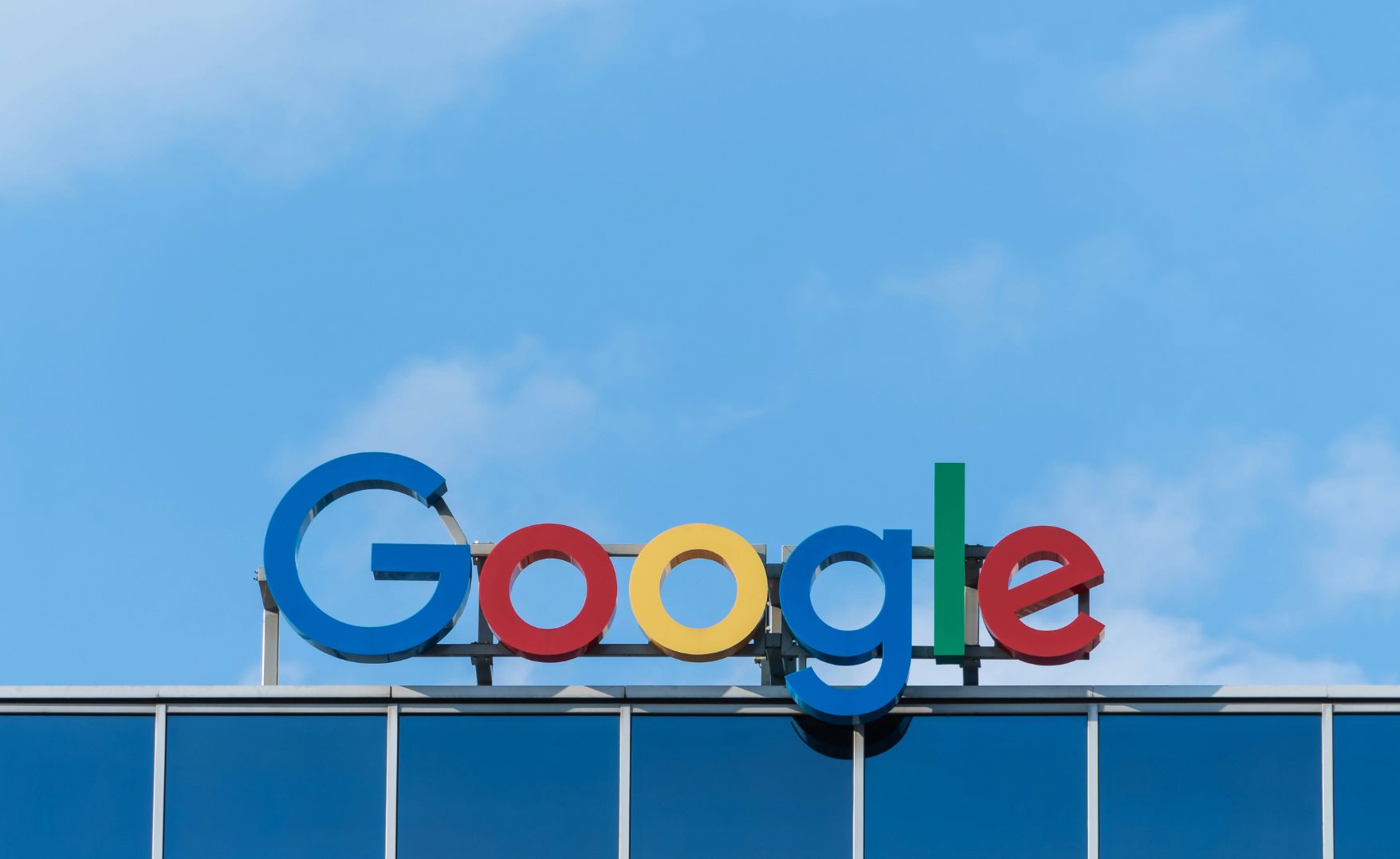
Navigation
Contact Information
Toronto – 320 Front St W Suite 1600, M5V 3B6
Halifax – 2570 Agricola St, B3K 4C6
Email: info@timespacemedia.com
Phone: 902-429-8463
Subscribe to our insights newsletter

Performance-based metrics have dominated the advertising industry for years, being largely the determinant for whether a campaign is executed successfully or not. But one area we are seeing growth in for determining success is through attention. On top of factors like reach and engagement, attention is an important metric in making a connection with your audience.
As marketers, we are in the business of inspiring others to take action on a product or service, and to do so, we must not only reach them but truly help them understand why they should take at least one step closer to a particular brand. Industry reports show that only one third of advertisements get the audience’s full attention.
And with so many choices in media, of course it’s a battlefield for attention. Not only can audiences choose between a phone or a TV, but in many cases, users are actively on their phones while simultaneously watching the TV. Therefore, the measurement of attention as a metric isn’t an easy or exact one. Attention data broadly falls into two buckets: human and non-human.
An easy way to define the difference is to think of them as ‘outward-facing’ data – which collects person-level human data via gaze tracking and/or facial recognition for the purpose of observing human behaviour – and ‘inward-facing’ data, which collects impression-level data via a pixel for the purpose of making assumptions about human behaviour. The reality of attention lies somewhere between both measurements, understanding both the granular and the larger picture of human behaviour.
Therefore, we begin to move away from “did this individual view our placement?” to “did our advertisement impact this individual?”. But quality of engagement is a much more difficult statistic to measure than quantity, and the data may seem less impressive as the industry moves to data surrounding attention.
After all, a 90% VCR may seem impressive and a 40% Undivided Attention Rate may seem low, but with research finding attention a 3x better predictor of outcome, a lower attention metric may be a better indicator of interest in your brand.
Attention metrics seek to not only find consumers where they are, but blends marketing with the science of remembering.
Why is it important?
Though attention, and how we measure it properly, is complicated, it’s important to understand the importance of this metric moving forward. Utilizing not just what your target audience is interested in and where they are to market but also where they are scientifically more likely to be attentive will impact the effectiveness.
Understanding how to grab the right attention can increase your awareness and conversion tactics and, in-turn, better the effectiveness (and cost-effectiveness) of your campaigns.
How do you increase attention?
Length of time
Placement
There are many things that go into understanding attention, along with the two above. But the biggest takeaway here should be that we are seeing a change across the board when it comes to attention metrics. Not only are advertisers now gauging where their most rapt audience is, but media outlets are now also considering how they can measure and guarantee audience attention for the advertisers.
Being clear about your audience and your goals will make the move to attention easier and more beneficial for every one of your campaigns.
Toronto – 320 Front St W Suite 1600, M5V 3B6
Halifax – 2570 Agricola St, B3K 4C6
Email: info@timespacemedia.com
Phone: 902-429-8463
Subscribe to our insights newsletter